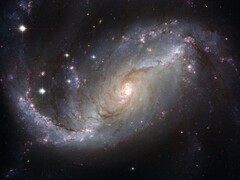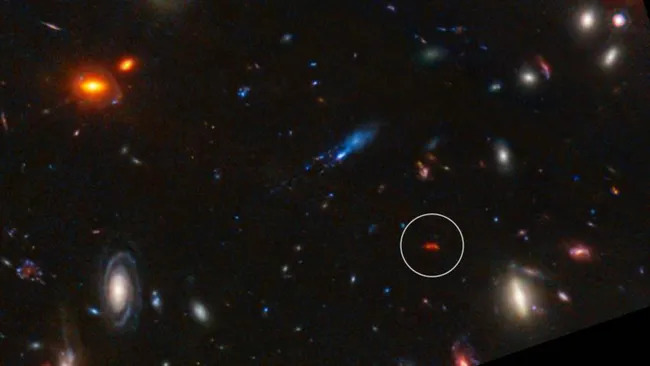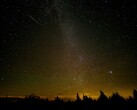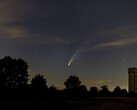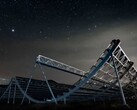Although the universe is often observed and studied, many discoveries are made every year. This has recently been the case when astronomers discovered a galaxy in the early cosmos capable of producing stars faster than the Milky Way.
Located more than 13 billion light-years from Earth, the Y1 galaxy allows us to observe the earliest moments of the universe. But that's not all, because it was also a period when stars formed much faster than today.
This discovery was reported in a study recently published in the journal Monthly Notices of the Royal Astronomical Society, and thanks to the ALMA (Atacama Large Millimeter/submillimeter Array) in Chile, astronomers were able to identify the temperature of the dust in this galaxy. And the result is quite surprising, because according to this study, its temperature is around -356 °F (-180 °C).
But beware, because if you think that's cold, it's not, as Yoichi Tamura, a researcher at the Nagoya University in Japan, points out:
"The temperature is certainly chilly compared to household dust on Earth, but it's much warmer than any other comparable galaxy we’ve seen. This confirmed that it really is an extreme star factory. Even though it's the first time we've seen a galaxy like this, we think that there could be many more out there. Star factories like Y1 could have been common in the early universe."
Regarding its productivity, the galaxy Y1 is capable of producing stars 180 times faster than the Milky Way. And according to scientists, this type of galaxy was common in the first moments of the universe. However, new studies must be conducted in the near future to better understand it.




